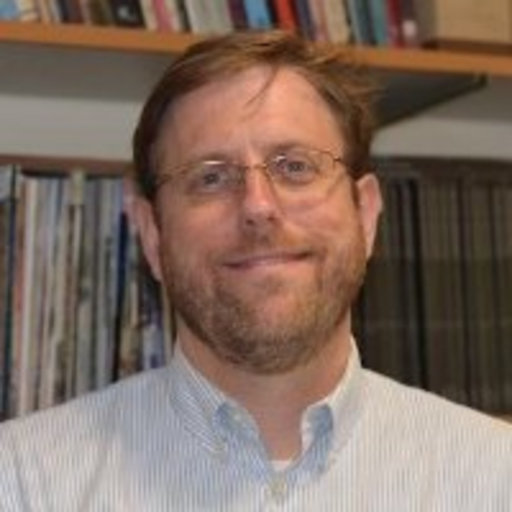Event
Arnheim’s Media Theory: From Formalism to Gestalt Ontology
Rudolf Arnheim’s writings are on the cusp of normalization within film and media studies. After recovering his German corpus, embedding his biography within the politics of his time, and dispelling the simplistic caricatures of his “formalism,” what would it take to truly understand Arnheim as a major media theorist? An able writer, Arnheim was not explicit about the situation of his theories. Tracing back to his gestalt theory and the “Austrian” philosophy behind them (Brentano, Husserl, Stumpf) allows us to truly understand what Arnheim means when he approaches a medium and pronounces upon it. At root, Austrian and Gestalt concerns are ontological, concentrated on structure, mereology (part and whole), and issues of dependence and independence. Since structures are real, it doesn’t matter so much that they be cognized, so the belief that Arnheim assumes we must see what he sees – his “essentialism” – is shown to be false. A more radical Arnheim is lurking between the lines of his texts.
Ian Verstegen is Associate Director of Visual Studies at the University of Pennsylvania. His most recent book is Federico Barocci and the Oratorians. His book, Arnheim, Gestalt and Medium: An Ontological Theory, is being published by Springer.

